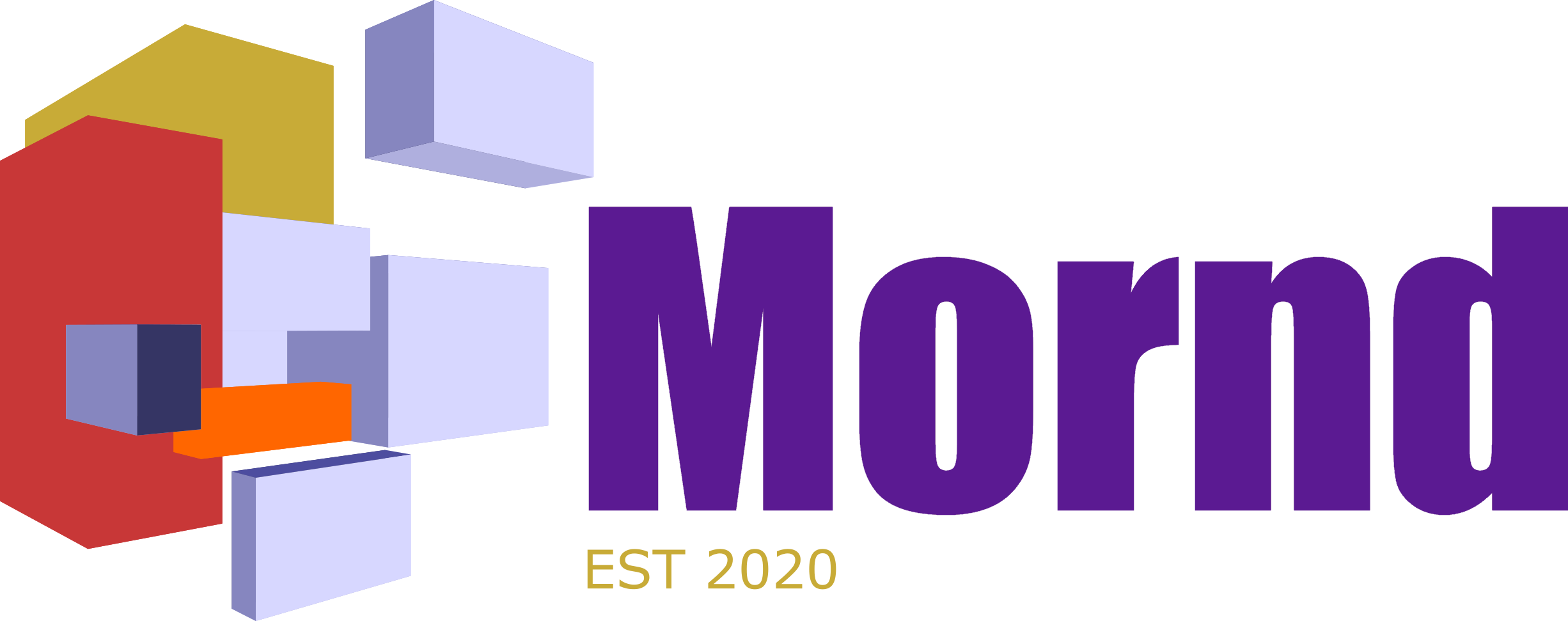Introduction:
In today’s fast-paced and technology-driven world, productivity has become a buzzword. The ability to deliver high-quality outputs in a timely manner has become a determining factor for personal success and organizational competitiveness. In this article, we will explore the concept of productivity, its evolution over the years, and the strategies individuals and organizations can adopt to enhance their productivity levels.
1. Defining Productivity:
Productivity can be defined as the measure of output achieved per unit of input. It encompasses the efficiency and effectiveness of a person, team, or organization in utilizing their resources to produce desirable results. While traditionally associated with industrial production, the concept has evolved to include knowledge work, services, and creative endeavors.
2. Evolution of Productivity:
a. Industrial Revolution: The advent of machines in the 18th century revolutionized productivity in manufacturing industries. Mechanized processes and assembly lines transformed productivity levels through efficiency gains.
b. Information Age: The proliferation of computers and the internet in the late 20th century brought about a significant shift in productivity. The ability to store, analyze, and share vast amounts of information rapidly expanded an individual’s capacity to generate valuable work outputs.
3. The Digital Revolution and Productivity:
a. Digital Tools: The widespread availability of digital tools has transformed productivity at both personal and organizational levels. From smartphones to project management software, these tools facilitate better time management, collaboration, communication, and task automation.
b. Remote Work and Flexibility: The advent of remote work and flexible schedules has profoundly impacted productivity. Individuals are no longer confined by traditional office hours or locations, enabling them to customize their work environment and optimize their productivity.
4. Enhancing Personal Productivity:
a. Prioritization and Time Management: Effectively managing one’s time and setting priorities are crucial for enhanced productivity. Techniques like the Eisenhower Matrix, Pomodoro Technique, and blocking out distractions help individuals make the most of their productive hours.
b. Skill Development: Continuous learning and skill development play a pivotal role in personal productivity. By continuously updating their knowledge and honing their skills, individuals can become more efficient and effective in their work.
c. Work-Life Balance: Maintaining a balance between work and personal life is essential for sustained productivity. Individuals who prioritize their well-being, leisure, and relationships often find themselves more motivated and energized to deliver quality work outputs.
5. Boosting Organizational Productivity:
a. Effective Communication and Collaboration: Efficient communication and collaboration are vital for organizational productivity. Employing tools like video conferencing, project management platforms, and virtual team-building activities helps teams stay connected, align goals, and coordinate work more effectively.
b. Providing Tools and Resources: Equipping employees with the right tools and resources streamlines workflows and enhances productivity. Cloud-based document sharing, task management systems, and automation software eliminate bottlenecks and allow employees to focus on value-added activities.
c. Cultivating a Culture of Productivity: An organization’s culture heavily influences its productivity. Encouraging a growth mindset, recognizing and rewarding achievements, fostering an open and inclusive work environment, and promoting work-life balance can create an atmosphere conducive to productivity.
6. Productivity Challenges and Strategies:
a. Information Overload: The abundance of information can overwhelm individuals and hinder productivity. Employing techniques like information filtering, setting boundaries, and adopting mindful practices can help individuals navigate through the noise and focus on essential tasks.
b. Avoiding Procrastination: Procrastination remains a perennial challenge to productivity. Employing techniques like breaking tasks into manageable chunks, using motivational tools like gamification, and leveraging accountability systems can help individuals overcome procrastination tendencies.
c. Work-Related Stress and Burnout: High-stress levels and burnout have adverse effects on productivity. Organizations can address these challenges by fostering a supportive work environment, offering employee wellness programs, implementing flexible work arrangements, and encouraging breaks and vacations.
Conclusion:
Productivity remains a critical component of personal and organizational success, particularly in this digital era. By leveraging technological advancements, adopting effective strategies, and focusing on employee well-being, individuals and organizations can unleash their full potential, drive innovation, and achieve exceptional results. Embracing productivity-enhancing practices will empower individuals and organizations to thrive in today’s fast-paced, competitive landscape.





